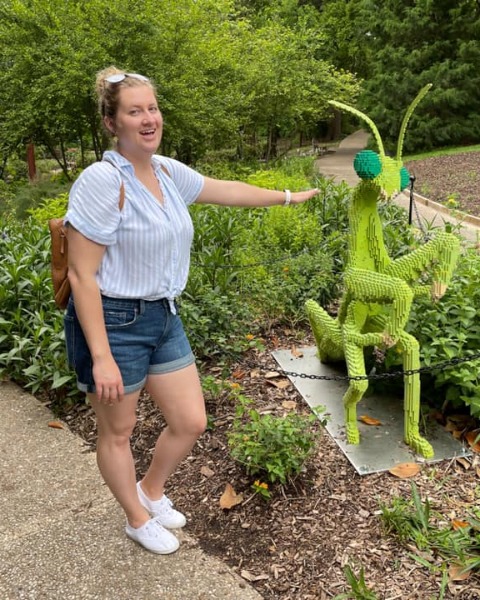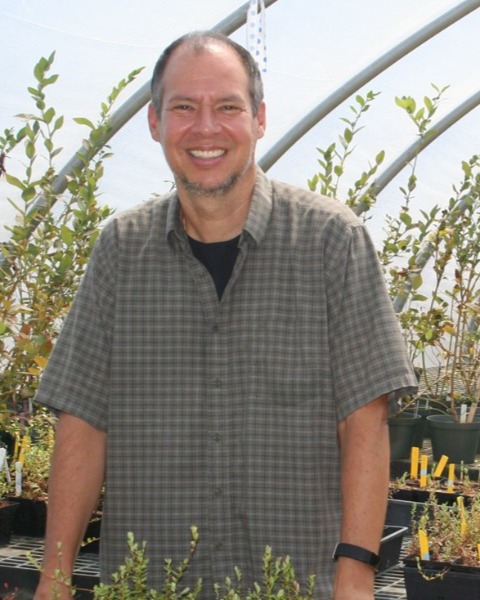Poster Display
Plant-Insect Ecosystems
D3490: Late for an important date: Pollination delays result in negative impacts on yield metrics in blueberries

Beth E. Ferguson (she/her/hers)
Postdoctoral Researcher
Rutgers University
Voorhees, New Jersey- JS
James Shope
Rutgers University
New Brunswick, New Jersey 
Cesar R. Rodriguez-Saona (he/him/his)
Extension Specialist
Rutgers University
Chatsworth, New Jersey
Presenting Author(s)
Co-Author(s)
Highbush blueberry (Vaccinium corymbosum) production relies on managed honey bee colonies to achieve optimal pollination. Arrival time of the hives is determined by the preceding crop’s bloom period cessation and delays can result in yield losses through reduced fruit set and size. Additionally, bloom onset has been occurring earlier as an effect of climate change, further increasing the risk for a ‘mismatch’ between pollinator arrival and plant phenology. To determine if current practices are sufficient to obtain optimal yields an assessment of the status of blueberry pollination in New Jersey was conducted. A two-year study was conducted in var. ‘Duke’ examining how management practices, honey bee hive arrival, and bloom phenology effect yield metrics. At the onset of bloom, the number of buds, active bloom, and spent flowers were counted weekly at each of the farms. Timed visual observations and collections of bees actively foraging on the flowers were also recorded weekly. Just prior to harvest, fruit set was determined, and a random sample (n=30 berries) was collected to determine weight and size of the berries. Across all management types, honey bee hives were delayed arriving at 78.4% (organic) and 64.2% (conventional) bloom in 2023. This resulted in a negative effect on yield metrics with fewer set berries (F1,58, p=0.041) and marketable berries (F1,58, p=0.001) the later hives arrived. In 2024, hive arrival was near or at the optimal period of 5-25% bloom with 31.2% for organic and 12.9% for conventional, yield metric data is pending.

.png)
